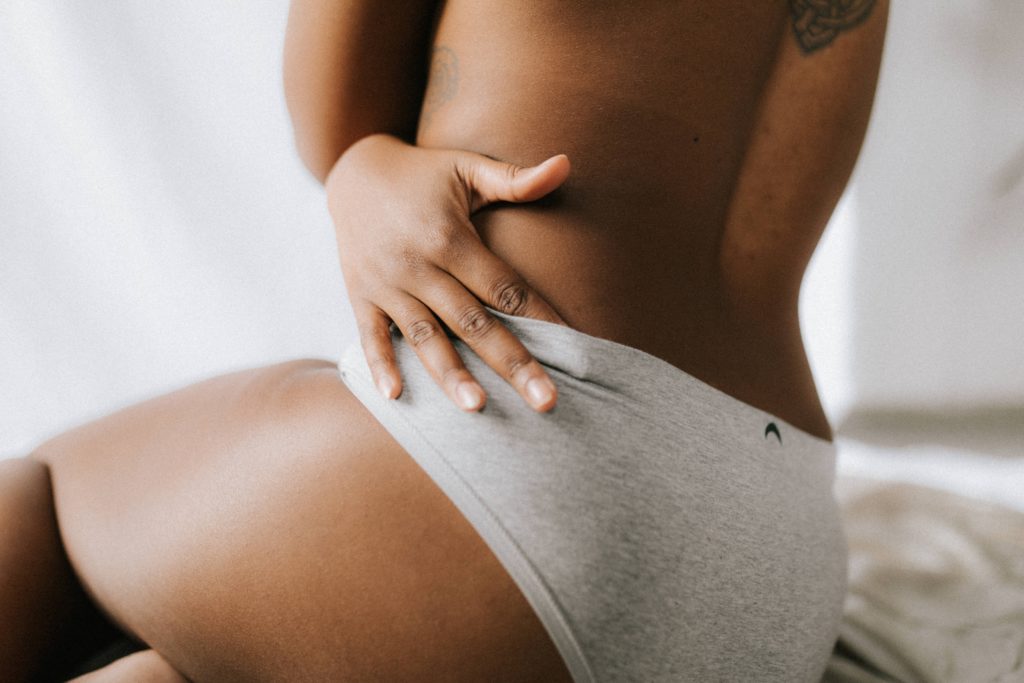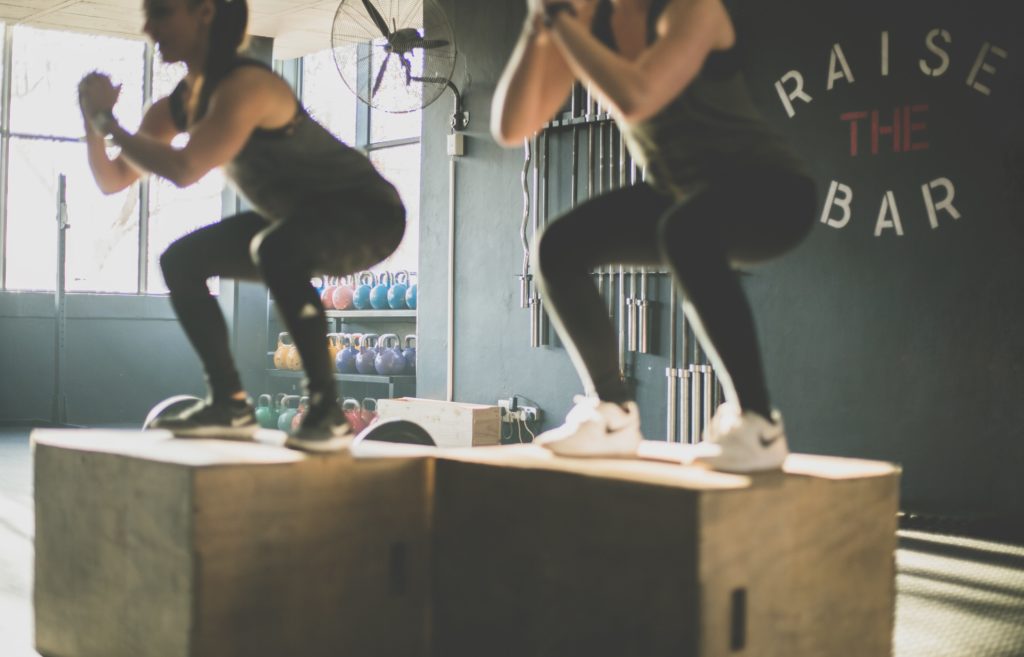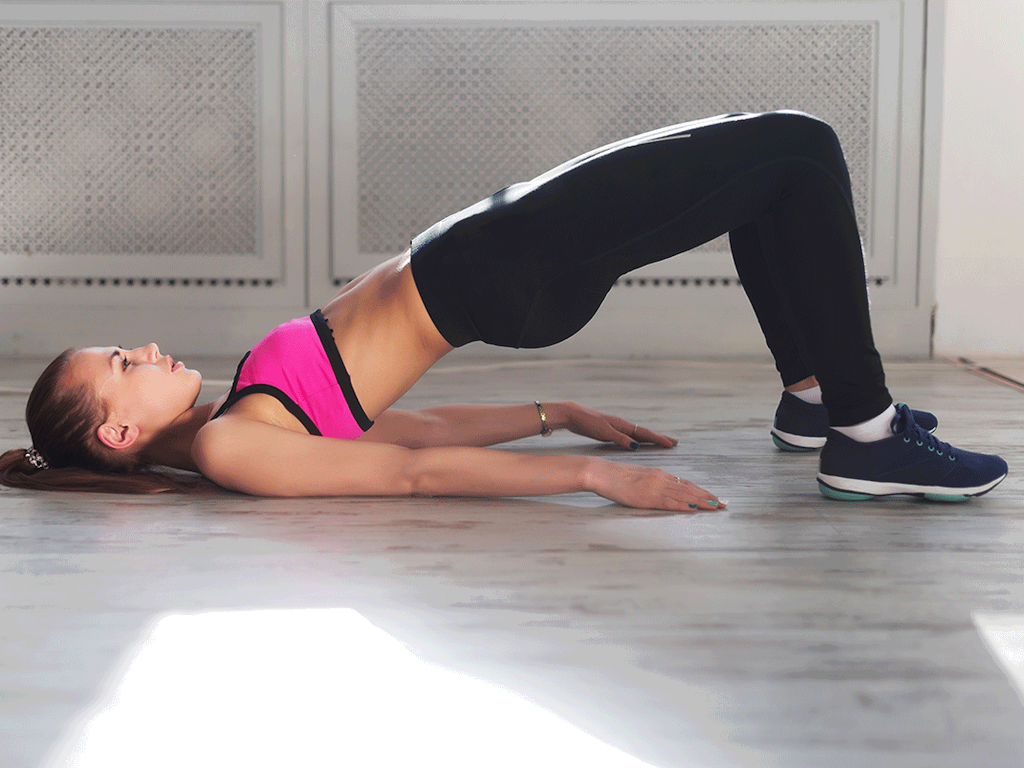3 Mins Read
When we think about self-care and personal health we normally imagine a daily routine for glowing skin, lean muscles, and happy gut. We rarely pay attention to the organs in our body that we can’t see or feel immediately – despite the fact that our pelvic floor affects the health of our skin, muscles, and even our gut!
It’s easy to see the results of our efforts and get alarmed when something goes wrong, according to our own judgment. But did you know that to achieve glowing skin, a healthy posture, and well-functioning muscles you need to give top priority to the never-talked-about ‘bottom of the container’, aka your pelvic floor?

What and where is exactly pelvic floor?
A gatekeeper, a basket, a croissant shaped organ – pelvic floor has many names and even more functions. It’s placed right beneath the diaphragm and is comprised of a surprising 20 muscles. To get a sense and location, squat down and place one finger on your pubic bone and another one on your tailbone. Space in-between is a group of pelvic floor muscles and ligaments that support the bladder, uterus (womb) in women, and bowel. Another way to discover it is through a urine stop test: we all have done it when feeling the urge to go to the bathroom. The major functions of the pelvic floor are organ support, sphincteric function, stability, sexual function, and circulation. Basically, all roads lead to your pelvic floor.
What are the most common issues?
How do we know that something may be wrong with our pelvic floor? If you have experienced lower back or hip pain, urinary issues (leakages/incontinences) or any type of sexual dysfunction – chances that these issues are related to your pelvic floor are high.
“Common symptoms related to the pelvic floor are pelvic pain, incontinence, constipation, painful intercourse, pelvic organ prolapse, urinary urgency and frequency, or orthopedic pain in the low back, hips, groin, or tailbone.”, explains Dr. Nicole Cozean, founder of PelvicSanity physical therapy.
And while we might think that only women who experience childbirth are prone to a post-natal pelvic floor disfunction*, the reality is that almost everyone has experienced it at least once in their life. If you are an ultra runner, heavy weight lifter, chronic smoker or someone who has obesity issues – you are undoubtedly at risk.

Best exercises to strengthen the pelvic floor
There are many apps and exercises out there for stronger pelvic floor muscles. However, squeezing them or putting external objects could be dangerous and cause the opposite effect. Dr. Sarah E Duvall, DPT, CPT recommends 5 ways to improve the pelvic floor:
- Hip alignment
- Head alignment
- Coordinate diaphragm and pelvic floor
- Deep core exercises
- Midback mobility
Basically, our entire body should be involved at all stages.
Jeanice Mitchell, Pelvic Health PT warns about the most common mistakes while training the pelvic floor muscles training: holding your breath, not integrating your strength, only working on quick squeezes and assuming you are squeezing correctly. “At least 40% are doing it wrong even after receiving the clear instructions”, says Mitchell.
Physical Therapist Dr. Jo recommends to start with a 10-min daily routine and slowly build up. The key to success is not to push hard – as there’s not so much movement – but to be precise.
If you need more assistance, the best idea would be having 1-1 sessions with a physiotherapist that is specialized in women’s health.
*A interesting fact of note is that in France, all women who give birth are entitled to pelvic floor rehabilitation as part of the country’s national health service, due to the disruption that childbirth causes to this part of the body and as a result, French women tend not to suffer from post-partum incontinence as much as women elsewhere. Curiously, this post-natal therapy is not available or known in other countries.
Lead image courtesy of mobiefit.





